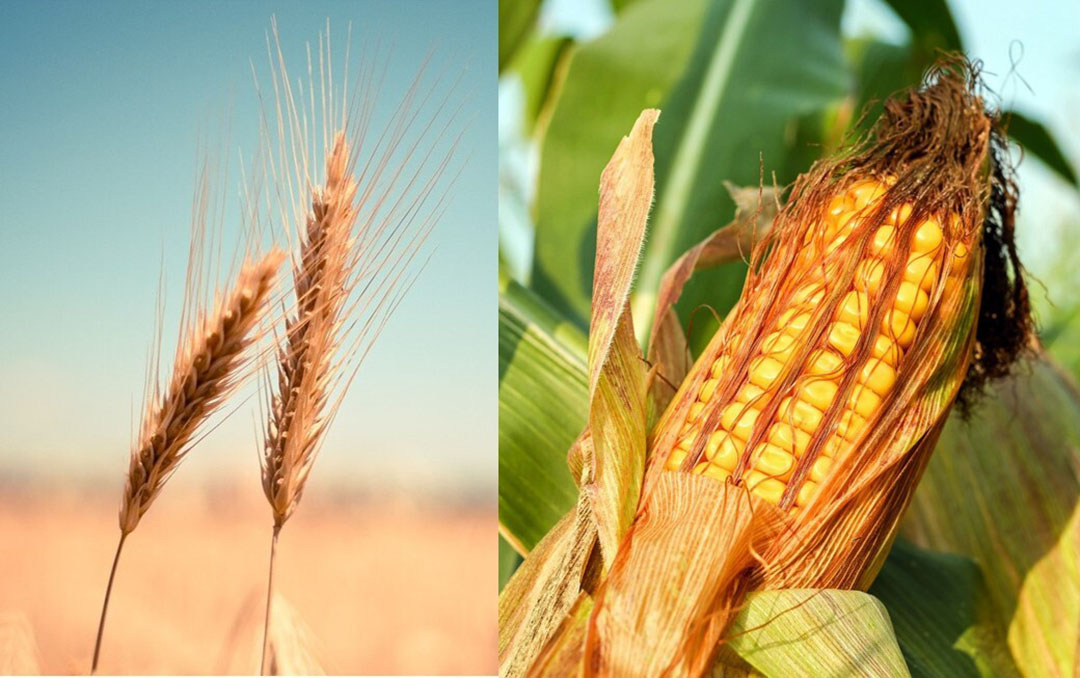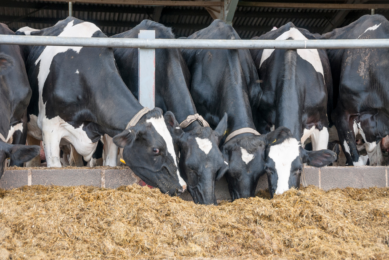Covid-19 and ASF affect Philippines grains imports

The Philippines’ hog and chicken sectors, which are traditionally the strongest performers in the agricultural economy in the country, have been severely affected by the Covid-19 pandemic as well as the African Swine Fever outbreak. Imports of wheat and corn have been lowered as a result of reduced demand for feed.
Post lowers MY2020/2021 wheat imports to 6.85 million mt, 2% below the current forecast, due to reduced hog demand for feed wheat and slower growth in the milling sector. Corn imports in MY2020/2021 are also lowered to 375,000 mt from the current forecast of 600,000 mt, reflecting reduced demand from broilers.
Reduced demand for feed wheat
As a result of reduced demand for hog feed, Philippine wheat imports declined 7% in MY2019/20 after a record 2018/19. The continued spread of African Swine Fever in major pork-producing areas dampened the demand for feed wheat, which was only partially offset by the sustained growth of the feed milling industry.
Overall imports in MY2020/21 are forecast to decline over 6% due to lower demand for feed wheat in the hog sector. Post sees Philippine pork production declining 20% in 2020, followed by the beginning of a gradual recovery from ASF in 2021 with 6% growth.
Corn for animal feed increasing
According to the Philippine Statistics Authority, the total corn area harvested from January to June 2020 declined by about 1% compared to 2019, primarily from the reduced area for white corn. Meanwhile, the total corn production in the first half of 2020 reached 3.65 mmt, up 1.4% from the previous year. Yellow corn, which is used for animal feed, grew 2.6% during the same period. Better than usual weather may have contributed to corn’s higher output.
 Futures market
Futures market
Overview of futures prices for: corn, wheat and soybean
Reduced poultry feed demand
Corn imports are predominantly sourced via ASEAN member countries due to the lower tariff (5%) compared to the 35% in-quota tariff for Most Favored Nation countries, primarily the US and Argentina. Imports are expected to decline by nearly 4% to 375,000 mt in MY2020/21 compared to the previous year due to reduced poultry feed demand. Chicken meat production in 2020 is forecast to decline by 15%, with a partial recovery in 2021. On the other hand, industry contacts see the layer sector growing between 5 and 10% in 2020 and continuing in 2021, as eggs are an affordable source of protein for consumers during the economic downturn. Increased layer production is likely to offset some of the lost demand from the broiler sector.
This information in this article has been extracted from a USDA GAINS report prepared by Ryan Bedford.











